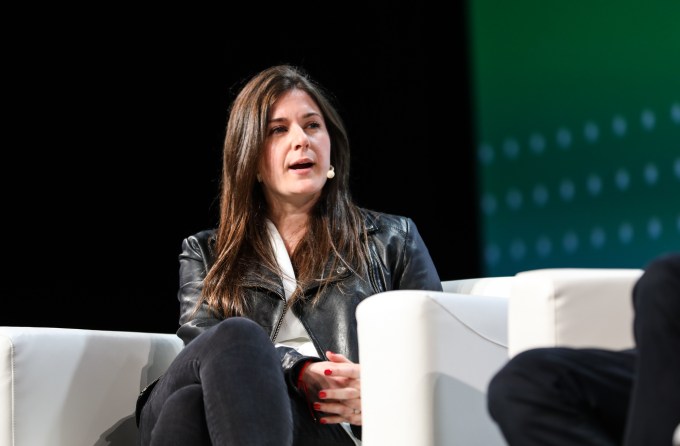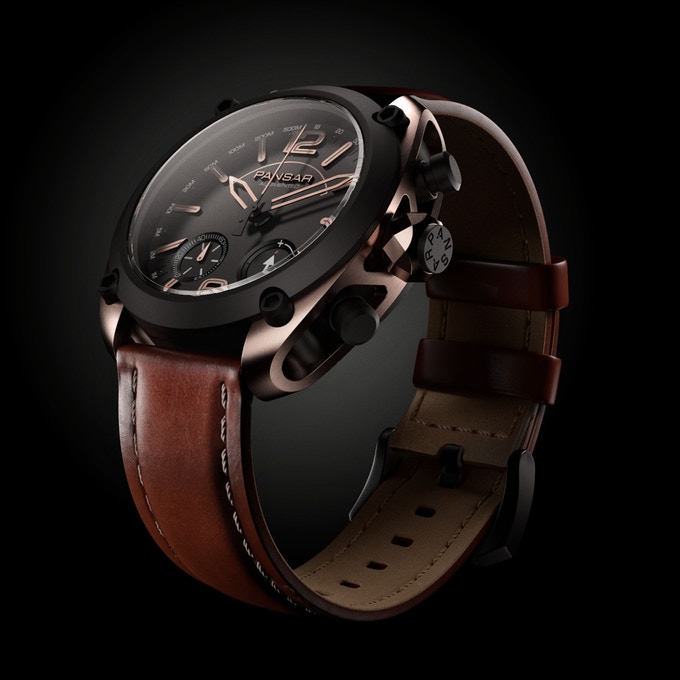As a speaker I often find myself mumbling into a microphone with little thought about the sound system powering it. While most PAs are massive affairs requiring a soundboard operator and lots of wiring, I’ve also had to hoot into portable PAs, a practice I rarely relish. But who was I to judge the quality of a portable PA system? When JBL asked me to review their new $1,299 JBL Eon One Pro I decided to send it to a real professional, my childhood friend Rick Barr, who helped me tag-team on the review.
The most important reason that Rick liked the Eon One Pro was the built-in battery. Everything else, he said, was icing on the cake.
Rick is a professional musician, performing shows every weekend, and some weeknights, in a wide variety of venues. His go-to PA is the Bose L1 Model II with the B2 bass unit. It’s a beast in terms of sound quality and immersion, doesn’t take up much floor space, and really soars when used in outdoor environments.
We immediately recognized that a smaller, more portable unit could be extremely useful. He had just recently performed at a new outdoor event that wasn’t well-equipped with power and he had to come up with a makeshift solution. It worked, but the idea of being able to “cut the cord” to avoid all that was certainly appealing.
JBL says you can get up to six hours of battery life from the extended-life lithium-ion. In our tests, he was able to make it through three-hour shows without a problem. Charging it is as simple as plugging in the AC cord to the back. So, in short, we were pleased with the battery performance. Still, going cordless is all well and good, but it’s really the sound that matters. So, let’s take a look at what this unit can do.
The Eon One Pro weighs 37.5 pounds, and it’s all very compact. The 8” subwoofer is right up front, and you fit the 118 dB speaker array directly on top. This, and the two optional spacers, fit nicely in the back of the unit. The overall design of the Eon Pro really is nice. The spacers essentially increase the range of the speaker, so their usefulness is really dependent on your environment.
The 7-channel mixer features 2 Hi-Z inputs, 4 combo ¼” / XLR inputs, a 3.5mm jack, and an RCA input. Each of the 4 combo inputs has controls for volume, treble, bass, and reverb. This allows for very basic mixing, but if you prefer to have more options, it is easy enough to plug in an external mixer and run through that. In our tests, we used the on-board controls.
You can also stream from a mobile device via Bluetooth, or connect directly via USB. Rick connected via his cell phone using Bluetooth and found the overall sound to be extremely good. There is also phantom power for condenser mics and an XLR Pass Thru to other systems, as well as RCA output jacks for a monitor.
So, on to the show. The first venue Rick played in was your typical bar, with a medium-sized square room, wood floors, and a decent crowd. He was able to get set up in just 10 minutes, compared to 20 for my Bose. It took some extra time to adjust levels and once he started playing, just a little more tinkering got him where he needed to be. He did notice that he had to turn the volume up for his Sennheiser 935 mic quite a bit in order to match the guitar level, which leads to an interesting omission: lack of level meters. There are none, so you need to rely solely on your ears to get the right mix.
The speaker did a fine job of filling the room, while the subwoofer provided some nice depth to the overall sound. Rick had some friends out who sat just six feet in front of the speaker who said they weren’t overwhelmed by the volume and others will able to hear the music very clearly outside of the room.
The speaker covers 100 x 50 degrees, and while testing this at his shows, Rick stood slightly behind and to the side. This worked well enough, though in a noisy environment, having a monitor speaker might be helpful. He could hear the music pretty well, but it seems you’d want to be at least 90 degrees on either side, if not a little forward.
The second show we took the Eon One out to was another small bar, fairly narrow but long. It was completely different from the other bar in terms of dimensions, and a really good test of how far the speaker could project. Again, folks sitting up front were just fine with the volume, while people in the back, some 50-60 feet away, could hear it as well (and reported that it sounded very nice).
“I’d played at this venue before but this time, the electrical outlet wasn’t working. The girl at the bar didn’t know how to turn it on. This is something that rarely happens, but if I’d had my Bose or any other kind of amp, I would have been hosed. I hadn’t planned on testing the battery again but in this instance, it saved me,” Rick said.
Given that most offices purchase something like this at some point for broadcasting at meetings or meetups it makes sense to get something that works well for a gigging musician. Rick’s requirements – that this thing be reliable and sound great – is in line with the average desk jockey’s and the built in battery can save the day when it comes to situations where power is unavailable.
Source: Tech Crunch



 It’s maybe no surprise that Google is now expanding its
It’s maybe no surprise that Google is now expanding its 
